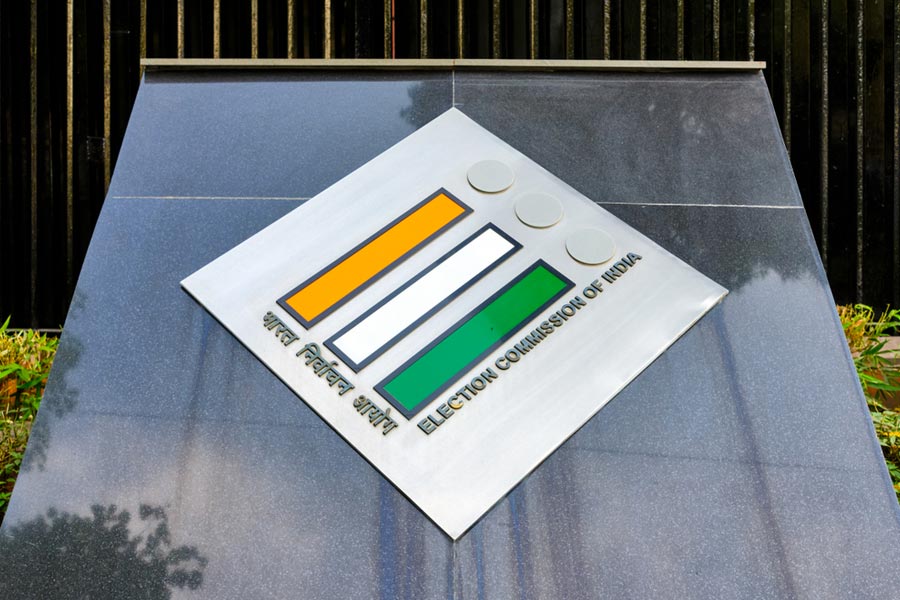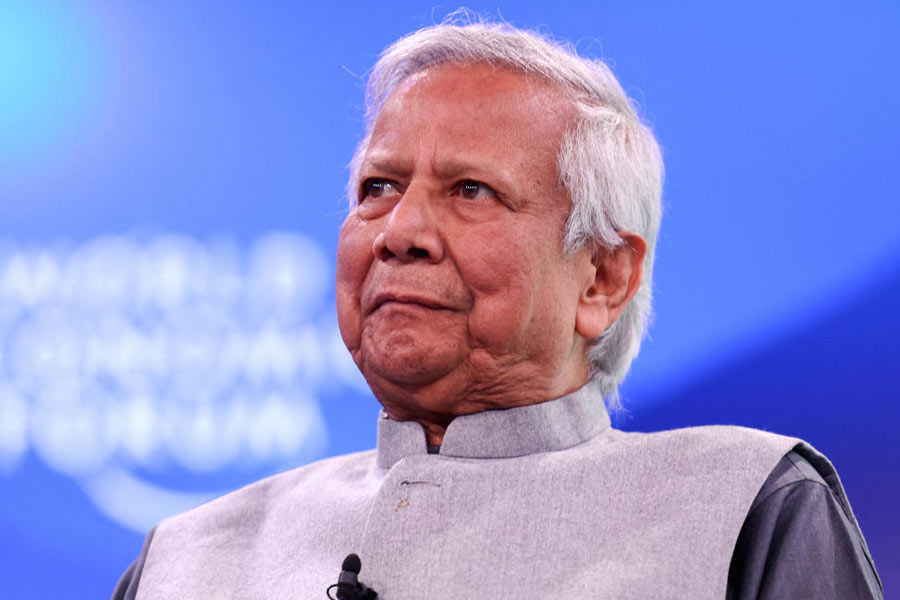 |
The recently concluded US GP was both an eye-opener and an eyesore. Trackside spectators and television viewers around the world first gaped at the spectacle unfolding before them and then, after the race had started ? in a scene that was right out of an India-Pakistan cricket match ? spectators resorted to hurling bottles and beer cans onto the track.
The reason: only six F1 cars had taken the start. All the cars had started off on the warm-up lap but 14 of these had dived into the pitlane before completing the lap. The problem was with the tyres. The Michelin tyres had developed a fault and the French manufacturer was not willing to risk the lives of 14 human beings. The six on the grid were shod with Bridgestone rubber, which did not seem to have any problems with reliability.
It is only natural that the spectators who had spent upwards of a hundred dollars for a ticket felt cheated. They had come to watch a proper race but all they got to see was one ?A division? team and two ?D Division? teams racing and of course, the D Division guys hadn?t a hope in hell of making any impression on the A Division guys. So what caused the problem? Did the Michelin runners really need to dive into the pits? Or, not having got their way with FIA (Federation de ?Automobile), were they just acting sulky at the behest of Michelin?
Indianapolis is a high-speed, banked oval but for the F1 cars, there is a separate circuit that goes through the infield. This also uses the fastest part of the banked oval known as Turn 13. The problem with the Michelins developed during Friday practice when two Toyotas driven by Ricardo Zonta and Ralf Schumacher crashed ? Ralf more spectacularly ? one after another. The cause was a sudden deflation of the left rear tyre.
The cars arrive at Turn 13 at a high speed after exiting the infield section and carry on down a very long straight. As the turn is banked, the left rear tyre faces the most stress as it is forced into the banking. The tyre also has to deal with centrifugal force and this results in tremendous loading on the sidewalls. A racing tyre is built like a road tyre in that the tread (slick) section is bonded to the sidewalls. In Turn 13, the loading on the sidewall was so great that the sidewall actually got detached from the tread, leading to a catastrophic failure. That is because of the high speeds before, through and after the corner, which can range from 130kph to 330kph. When the Toyota?s tyre failed, other Michelin runners checked their own tyres and found problems developing.
One possible cause suggested by experts is the fact that not only has the Indianapolis track been resurfaced but it also has a diamond pattern etched into the surface. This has two effects ? good drainage and extra grip, the latter essential for American racing cars that run on harder rubber with less grip and downforce. This extra grip may have caused stress to the Michelin tyres. The reason Bridgestone was not affected, and this is conjecture really, is that the sidewalls are more flexible and so, tolerant to stress. The cynic could say that Bridgestone had prior knowledge given that sister company Firestone supplies tyres for American racing and Firestone would have made that data available to Bridgestone. Yes, there are plenty of technical reasons for the race to have gone ahead as it did.
Of course, it could just be that Michelin made a mistake ? a huge PR mistake, in one of the biggest PR savvy markets of the world ? by just not having the correct tyre for the race. The ordinary spectator will have been wondering about the possibilities of alternative race options. Alternatives were considered ? like new tyres for the Michelin cars. Putting in a chicane at Turn 13 to slow the cars down (and increasing the stress on the brakes, gearbox and other mechanicals), and even sending the Michelin cars through the pitlane so as to avoid speeding through Turn 13!
The problem is that at the end of the day, Michelin screwed up big time and F1 lost out heavily and so did F1 fans. It would appear that not once during the many deliberations over the race weekend was the F1 fan base and F1?s responsibility to it considered. What is F1 without its fans? Imagine a F1 race being held behind closed doors, with no television coverage and no spectators. It would just be a glorified test session and of course, why would sponsors be interested in sponsoring races when nobody is watching? Why would circuits pay big money to Bernie Ecclestone to get a race and why should anyone bother about the Formula One circus if the F1 is not bothered about the interests of the F1 fan? What if Michael Schumacher won 15 world championships on the trot ? and nobody knew or gave a damn? It?s a pity nobody ? FIA, Michelin, Ferrari, Bridgestone ? tried hard enough to have a proper US GP going for the sake of the fans. Meanwhile, the blame game continues.
 |
Easy listening
Aloka Kanungo
dancer
To be honest, I’m not much for listening to music in the car, as I find that it distracts me from planning out my day’s schedule. But having said that, if I’m going for a long drive, then I do enjoy putting on some music. Loud, jarring music however, is a strict no-no and I always lean towards soothing numbers.
Instrumental music rates on top of my list and Hariprasad Chaurasia, Shiv Kumar Sharma and Bismillah Khan are among my favourite artistes. I own some of their albums, and no matter how many times, I listen to these, I never get tired of them. Among singers, I enjoy listening to Hemanta Mukherjee, Manna De, Asha Bhosle and Lata Mangeshkar, though I prefer Asha because of her sheer versatility. I’m not at all familiar with current Hindi music, for I hardly listen to it, on the radio, or otherwise. As you can well understand, as far as I’m concerned, old is gold.











